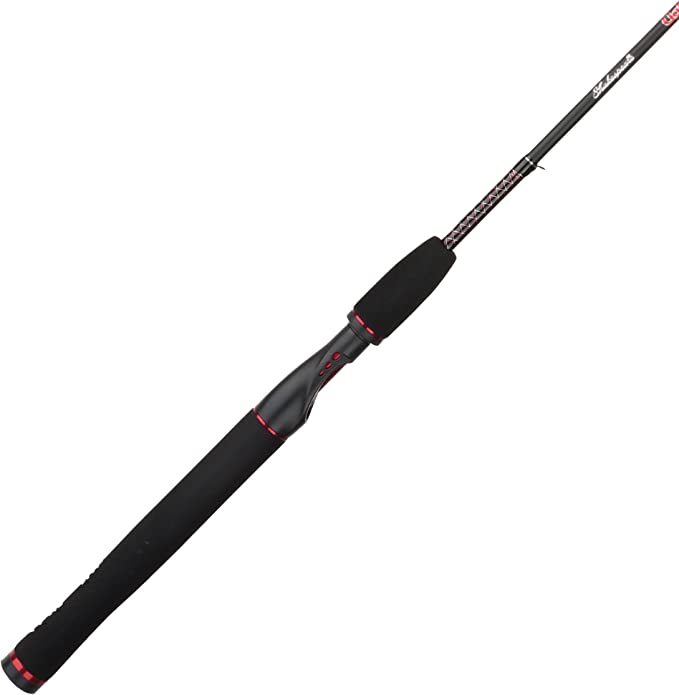Powering Peace of Mind: Why Your Home Office Needs a LiFePO4 Power Station
Update on July 11, 2025, 9 a.m.
The deadline is twelve hours away. Rain lashes against the window, a frantic, percussive rhythm accompanying the low hum of your computer. You’re in the zone, the final pieces of a career-defining project clicking into place. Then, a flicker. The lights tremble, the hum of the refrigerator dies, and in that split second of preternatural silence before the emergency lights kick in, your heart plummets. Your monitor goes black. The project, your work, your lifeline to productivity—vanished into the digital ether.
This scenario isn’t fiction; it’s a core anxiety for the modern professional. Our offices are no longer just buildings we commute to; they are ecosystems of creativity and commerce built within our own homes, entirely dependent on a fragile, aging electrical grid. In this new reality, the most crucial piece of office equipment might not be your ergonomic chair or your 4K monitor, but the silent guardian that ensures they never go dark. This is a story about that guardian, seen through the lens of a formidable black box: the AFERIY AF-P310-EC-H, a 3840Wh portable power station.
But this isn’t about one product. It’s about a shift in mindset. It’s about understanding the technology that buys you tranquility when the world outside is in chaos.

The Quiet Revolution in Your Corner: From Volatile Chemistry to a Stable Hearth
Let’s be honest, the idea of a giant battery in your home might sound unnerving. We’ve all seen images of phones and scooters catching fire. That fear stems from the early days of lithium-ion technology. To understand why a unit like the AFERIY P310 is fundamentally different, we need a brief journey into battery history. The initial breakthrough in lithium-ion batteries, work that ultimately led to a Nobel Prize for pioneers like John B. Goodenough, unlocked incredible energy density. But this power came with a temperamental nature.
The revolution lies in the chemistry. The P310 uses a specific type called LiFePO4, or Lithium Iron Phosphate. Think of it this way: a traditional lithium-ion battery is like a stack of dry pinewood—it burns incredibly hot and fast, but can be volatile if mishandled. LiFePO4, on the other hand, is like a dense, heavy log of oak. It burns with a steady, predictable, and powerful heat for a very long time. Its chemical structure is vastly more stable. The U.S. Department of Energy has noted its superior thermal and chemical stability, which makes it far less susceptible to the dreaded “thermal runaway.” This isn’t just a feature; it’s the foundation of its safety, allowing you to confidently place it next to your desk.
This stability also grants it an astonishing lifespan. The specification sheet lists over 3,500 charge cycles. This isn’t just a number; it represents up to a decade of reliable service. It reframes the device from a disposable gadget into a long-term infrastructure investment, much like buying a quality desk or a reliable server.

The Conductor of the Electron Orchestra: Understanding the BMS
If the LiFePO4 chemistry is the steady-burning oak log, the Battery Management System (BMS) is the intelligent hearth that controls the fire. It’s a sophisticated onboard computer, the unsung hero of the system. Every second, it’s acting as a vigilant traffic controller for the flow of energy. It prevents you from overcharging the battery, which can damage it. It stops it from draining too low, which can also cause harm. It monitors temperature, shutting things down if they get too hot or too cold. It balances the individual cells within the battery pack to ensure they all age gracefully together. When AFERIY mentions “6 levels of safety protection,” it’s this tireless digital conductor they’re talking about, ensuring the power you draw is not only consistent but also fundamentally safe.

More Than a Backup: A Hub of Uninterrupted Productivity
In the moment the power cuts, two things happen with a high-quality power station. The first is what it can power. The numbers 3600W and 3840Wh translate directly into productivity. The 3840 watt-hours (Wh) is your total creative endurance—enough to run a power-hungry iMac Pro for a full workday, keep your Wi-Fi router alive for days, and charge all your devices many times over. The 3600 watts (W) is your peak power, the ability to run demanding tools simultaneously. You can be running your computer, a second monitor, and a printer, and still have the headroom to fire up a coffee machine for a much-needed caffeine boost. With fifteen outlets, ranging from five standard 120V AC plugs to a host of USB-A and USB-C ports, it transforms from a simple battery into a centralized power distribution hub.
The second, and more magical, event is what you don’t notice. The P310 functions as an Uninterruptible Power Supply (UPS). This is a critical feature for any serious workstation. When the grid fails, a UPS is designed to switch to its battery power so quickly that your connected devices don’t even know it happened. The industry standard for a good online UPS is a switchover time of less than 20 milliseconds. For sensitive electronics like a desktop computer or a Network Attached Storage (NAS) drive, this prevents data corruption and hardware damage that can occur from an abrupt shutdown. Your work isn’t just saved; it’s never even interrupted.
Of course, no solution is without its real-world considerations. This unit is a heavyweight champion, tipping the scales at 104.7 pounds. It’s not “portable” in the sense of carrying it to a coffee shop; it’s “relocatable”—a sturdy piece of power infrastructure you place in a strategic corner of your office, perhaps with the help of a friend or a small dolly. Furthermore, as some users have noted, its companion app’s reliance on an internet connection for certain functions is a curious design choice for a device intended to save you when the internet itself may be down. It’s a reminder that even the most robust hardware can have software quirks that need refinement.
But when the storm passes and the sun comes up, and you see the email receipt confirming your project was sent on time while the rest of the neighborhood is still dark, these considerations fade. The investment is no longer measured in dollars, but in the seamless continuation of your professional life. It’s the quiet confidence of knowing that your creativity isn’t tethered to a fickle grid. In an age of increasing uncertainty, building your own personal fortress of energy isn’t just a good idea—it’s the new definition of being a professional. The real question is, how resilient is your workflow?





![ARKEEP DP-P2400R Portable Power Station: The Science Behind Reliable Energy On-Demand [2160Wh LiFePO4, 2400W Pure Sine Wave, Fast Charge]](https://storage.maomihezi.com/file/2025-04-23/61IqrenhrgL._AC_SL1500_.jpg?x-oss-process=style/mini_auto)





















